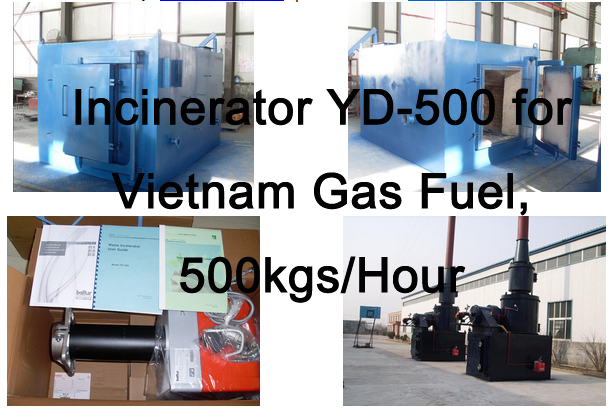Incineration is a common method of waste disposal that involves burning solid waste at high temperatures in a controlled environment. While this process can effectively reduce the volume of waste and generate energy, it also has various environmental impacts that need to be understood and managed. In this article, we will explore the key environmental considerations associated with incineration and what you need to know about its impact.
One of the primary environmental concerns with incineration is air pollution. When waste is burned, it releases various pollutants into the atmosphere, including carbon monoxide, nitrogen oxides, sulfur dioxide, and particulate matter. These pollutants can contribute to respiratory problems, acid rain, and smog formation, which can have negative effects on human health and the environment. To mitigate these impacts, modern incineration facilities are equipped with pollution control technologies, such as scrubbers, filters, and electrostatic precipitators, to reduce emissions and comply with strict air quality regulations.
Another environmental impact of incineration is the generation of ash and residue. After the waste is burned, the remaining ash and residue contain toxic substances, heavy metals, and other hazardous materials. Proper management and disposal of this ash are crucial to prevent contamination of soil and water. Some incineration facilities use advanced technologies, such as thermal treatment and solidification, to minimize the environmental impact of ash and residue and ensure safe disposal.
Furthermore, the energy recovery aspect of incineration can be beneficial for reducing reliance on fossil fuels and mitigating greenhouse gas emissions. By harnessing the heat produced from burning waste, incineration facilities can generate electricity and heat for industrial processes and residential use. This can contribute to a more sustainable energy mix and reduce the environmental impact of traditional energy sources. However, it is important to consider the overall life cycle impacts of energy recovery from incineration, including the carbon footprint and environmental benefits compared to other waste management options, such as recycling and composting.
In addition, incineration can also pose challenges for waste management hierarchy and resource conservation. The combustion of waste can hinder efforts to promote waste reduction, reuse, and recycling, which are more environmentally preferable options. It is important to prioritize these waste management strategies to minimize the environmental impact of incineration and maximize resource recovery. By diverting recyclable and compostable materials from the incineration process, we can reduce the overall environmental footprint of waste management and conserve valuable resources.
In conclusion, understanding the environmental impact of incineration is essential for making informed decisions about waste management. While incineration can provide benefits in terms of waste volume reduction and energy recovery, it also poses challenges in terms of air pollution, ash management, and resource conservation. By implementing advanced pollution control technologies and prioritizing sustainable waste management practices, incineration can be a viable and environmentally responsible option for managing certain types of waste. However, it should be carefully evaluated in the context of broader waste management goals and environmental considerations.



